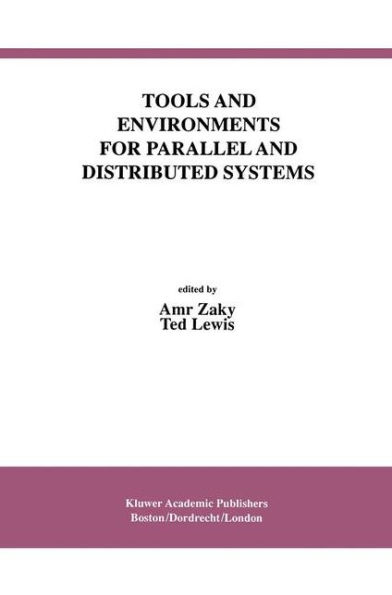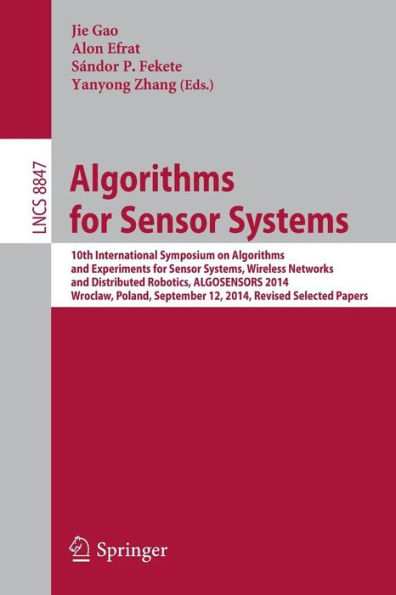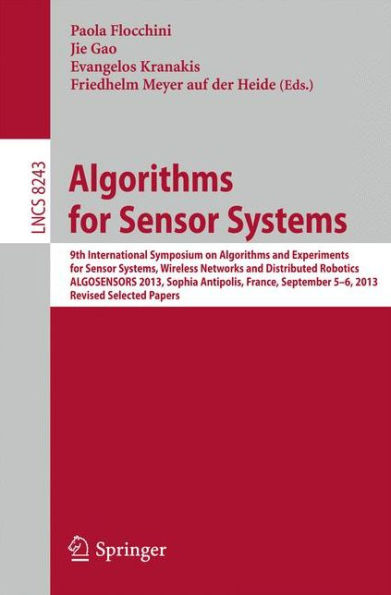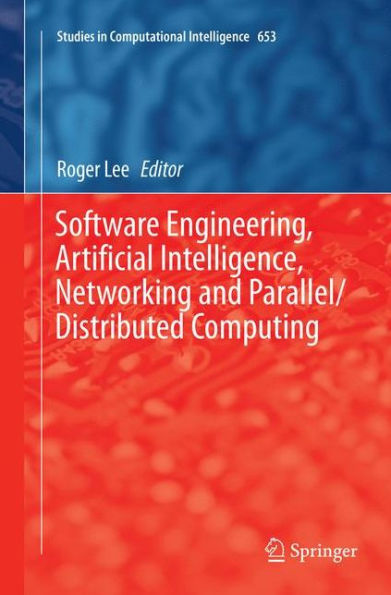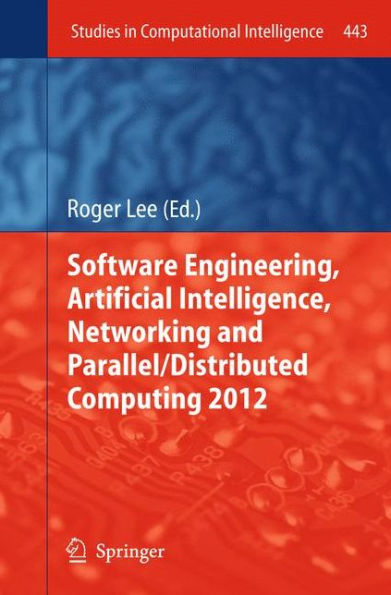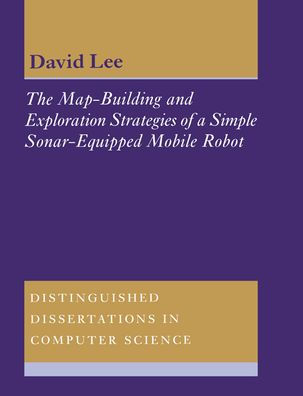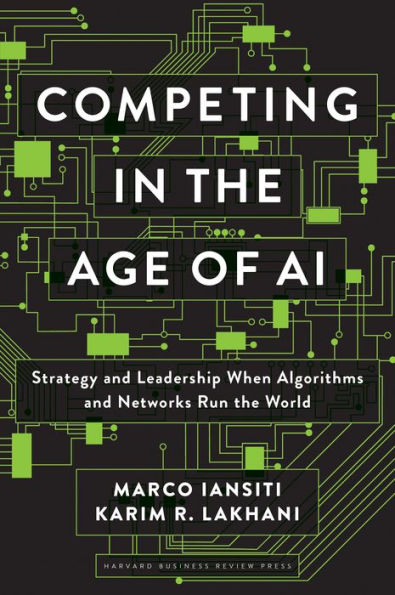Home
Parallel and Distributed Map Merging and Localization: Algorithms, Tools and Strategies for Robotic Networks
Loading Inventory...
Barnes and Noble
Parallel and Distributed Map Merging and Localization: Algorithms, Tools and Strategies for Robotic Networks
Current price: $54.99
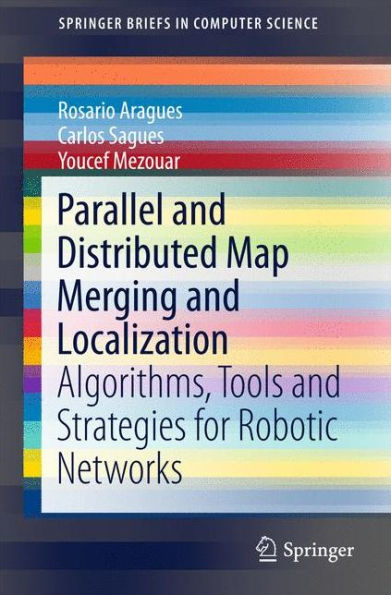

Barnes and Noble
Parallel and Distributed Map Merging and Localization: Algorithms, Tools and Strategies for Robotic Networks
Current price: $54.99
Loading Inventory...
Size: OS
*Product Information may vary - to confirm product availability, pricing, and additional information please contact Barnes and Noble
This work examines the challenges of distributed map merging and localization in multi-robot systems, which enables robots to acquire the knowledge of their surroundings needed to carry out coordinated tasks. After identifying the main issues associated with this problem, each chapter introduces a different distributed strategy for solving them.
In addition to presenting a review of distributed algorithms for perception in localization and map merging, the text also provides the reader with the necessary tools for proposing new solutions to problems of multi-robot perception, as well as other interesting topics related to multi-robot scenarios.
The coverage is largely self-contained, supported by numerous explanations and demonstrations, although references for further study are also supplied. The reader will not require any prior background knowledge, other than a basic understanding of mathematics at a graduate-student level.
In addition to presenting a review of distributed algorithms for perception in localization and map merging, the text also provides the reader with the necessary tools for proposing new solutions to problems of multi-robot perception, as well as other interesting topics related to multi-robot scenarios.
The coverage is largely self-contained, supported by numerous explanations and demonstrations, although references for further study are also supplied. The reader will not require any prior background knowledge, other than a basic understanding of mathematics at a graduate-student level.
